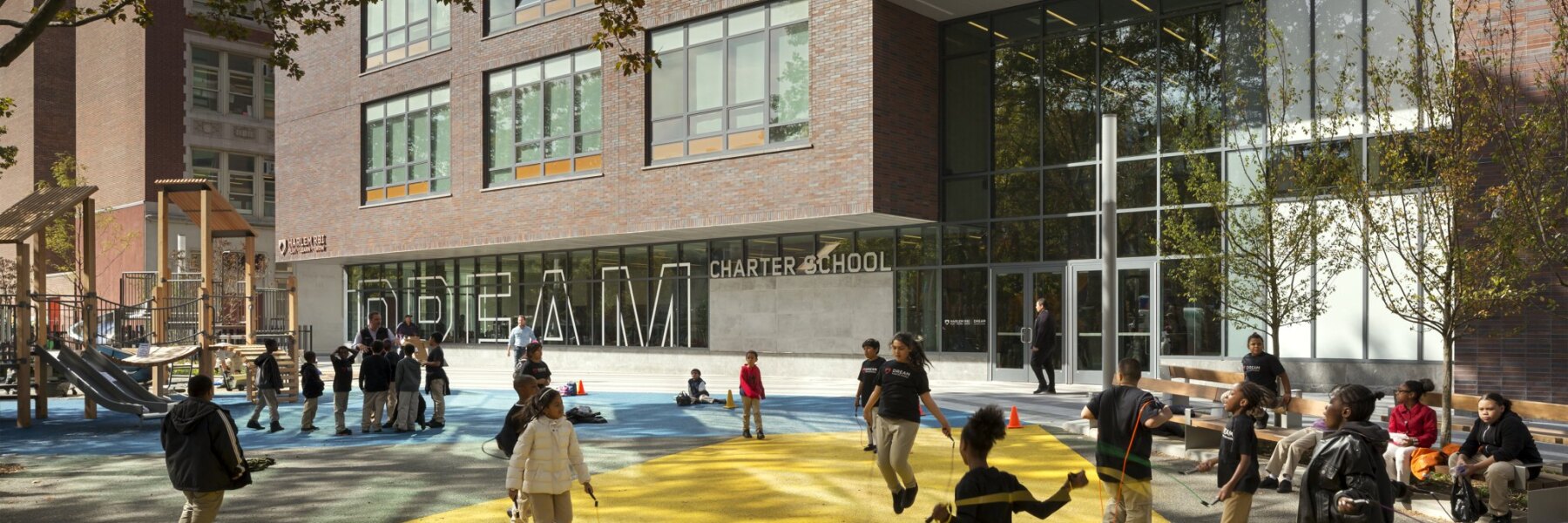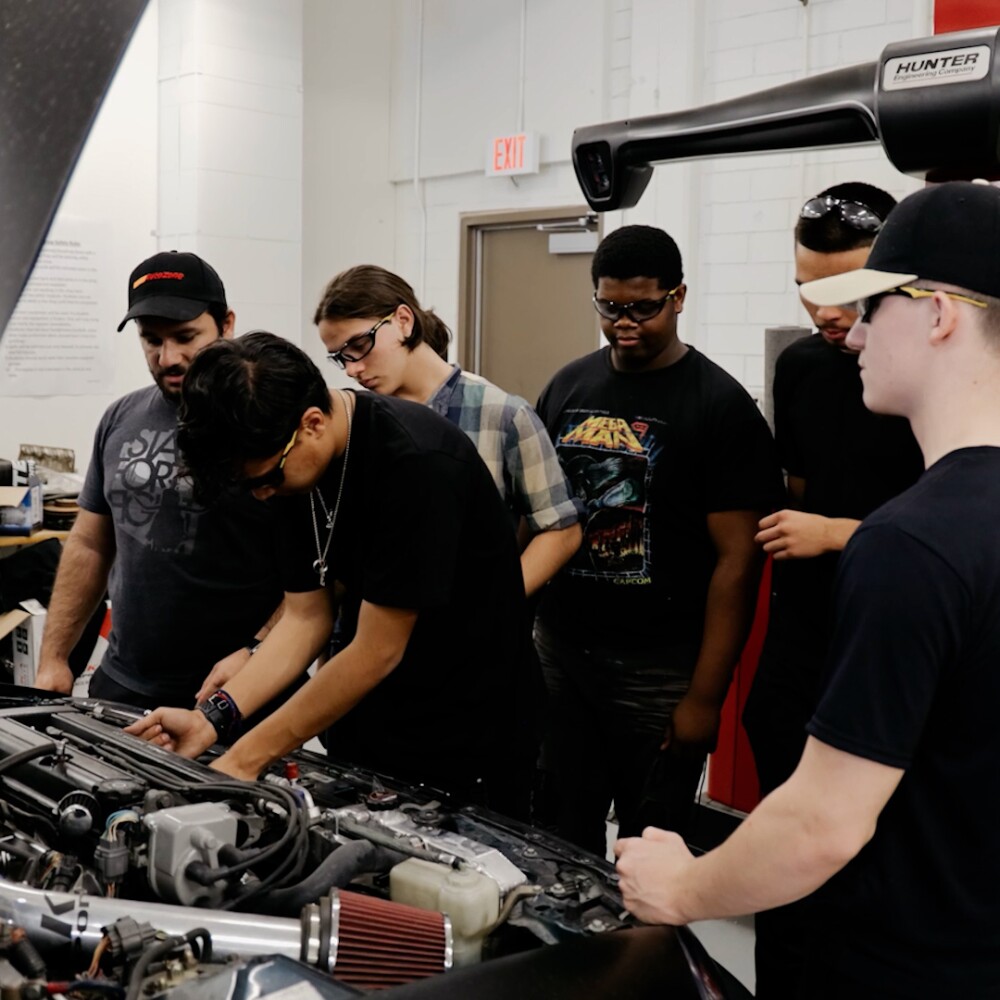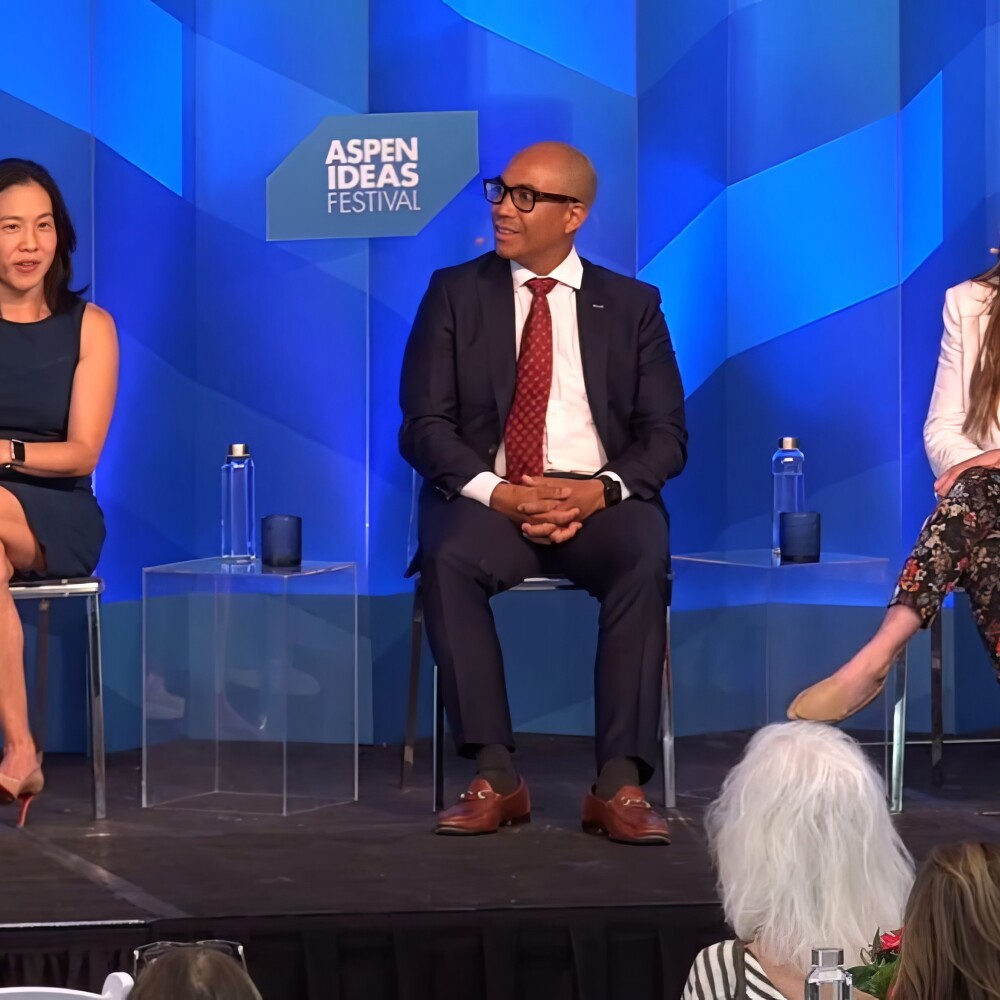In 2015, Harlem RBI’s DREAM Charter School became the first public school building to be built in East Harlem in nearly 50 years.
“Given the multitude of agencies involved, we knew it would be tough and complicated,” Harlem RBI and DREAM Charter School Executive Director Richard Berlin said. “I had to become a real estate developer, construction manager and financing expert, raising money and aggregating financing from more than 500 individuals and institutions, including more than one dozen lenders.”
Berlin’s charter school initially opened in a temporary space in East Harlem in 2008 with startup funding from the Walton Family Foundation. He had a five-year commitment from New York City to use the space, which he shared with another public school.
In early 2009, he sent his first email to a New York City Housing Authority official that put in place the deal that would eventually turn into his elementary and middle school building.
To get the job done, he needed to work with seven different city agencies; purchase land previously owned by the housing authority; and secure $32.5 million in government funds from the New York City Department of Education School Construction Authority, as well as $21 million in other loans or contributions. He also needed to commit to building 88 low-income housing units in addition to a school building; create local jobs as part of the construction project; and give a permanent preference in admissions to his school for students living in New York City public housing.
Today, the school has a beautiful new facility where it serves a population that is about 32% African-American, 65% Hispanic and about 70% living in poverty.
Now, Berlin and his team are starting the process all over again: they want to build a high school building so that they will be able to educate their students all the way through the 12th grade. They are looking at private spaces where their students can go to school for 9th and 10th grades, and they are hoping to build another permanent school facility that will be ready by the time their students are in the 11th grade.
“Whenever people visit, they’re shocked at how many obstacles public schools need to overcome simply to get the spaces they need to educate kids,” he said. “Now, walking through our hallways and sitting in our classrooms, seeing kids learning, it’s really hard to believe we finally got here.”
He said he advises fellow charter school leaders looking to secure facilities to start early; to build partnerships with city agencies, school district officials, funders and community groups; to build a knowledgeable real estate team like the team at Civic Builders who he worked with on his facilities project; and to understand up front that they’ll need to be flexible in finding the best solution.
“Be prepared for a marathon, not a sprint,” he said. “It isn’t easy and there may be some occasions when you want to throw in the towel, but the end result and the look on your students’ faces will make it absolutely worth every minute you put in.”
Learn more about the Building Equity Initiative, a first-of-its-kind nonprofit effort to provide charter schools with access to capital to create and expand facilities.




